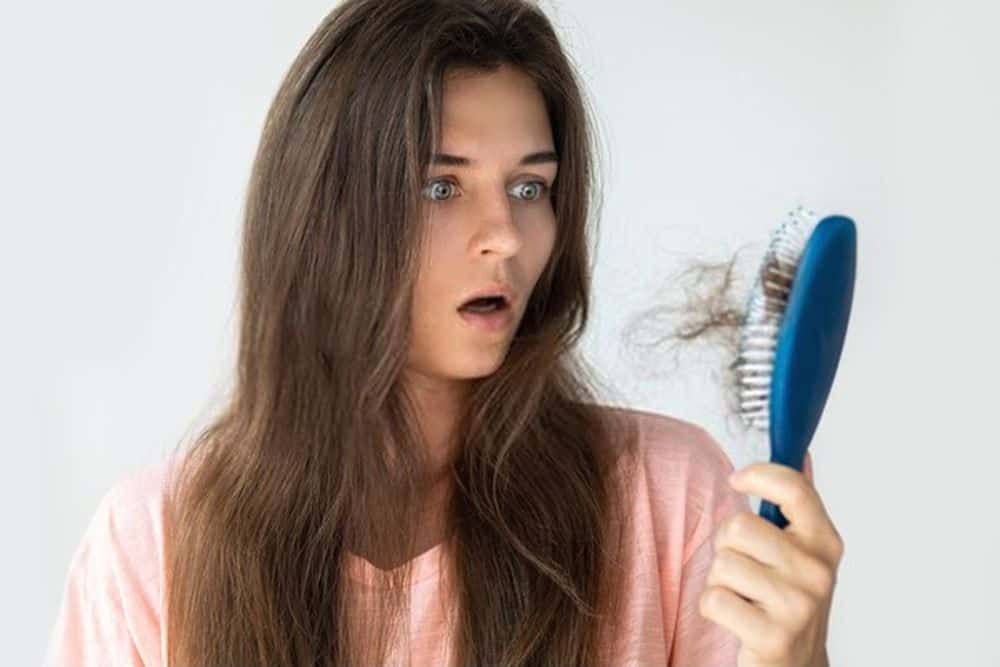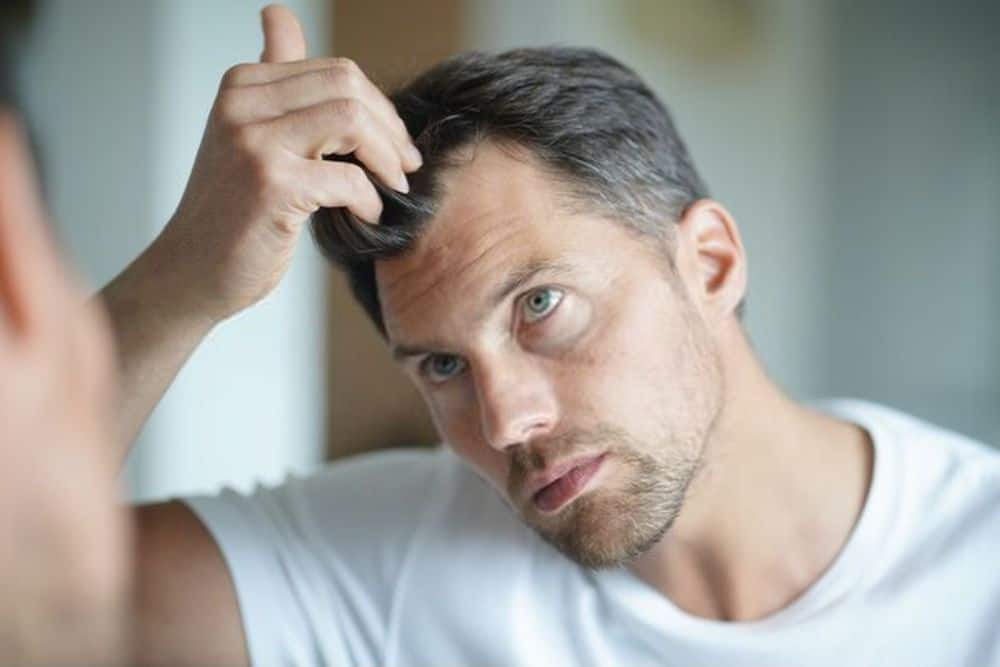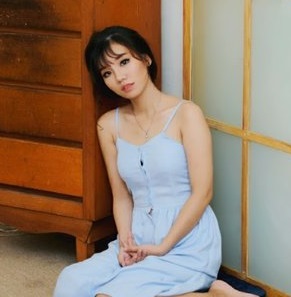
Are you worried about your hair falling out a lot?
If you are bothered about hair fall, and you need to know what works for hair loss, this post may just help you.
We investigate what makes up the hair, what causes it to fall, and what can be done to address hair loss safely and effectively.
A Closer Look on the Human Hair
The human skin is mostly covered with hair with the exception of the soles of the feet and the palms. But the rest of your skin has hair that may be too fine that you can barely see it.
Your hair contains keratin, which is a type of protein produced in the skin’s outer layer, specifically in the hair follicles. Each time follicles produce hair cells, the old ones are pushed out of the skin’s surface. These old hair cells typically grow about 6 inches per year.
Here is the surprising revelation about that fact…
The hair you are seeing and touching on your head is a string of dead, old keratin cells! This is why it is not surprising that you lose some of them. In fact, it is perfectly normal to shed about 100 hair each day out of the 100,000 to about 150,000 hair on your head.
It is quite understandable why you may be alarmed and concerned to see stray hairs on your comb or hairbrush. But at the same time, it is worth noting that you gain these back because every single follicle has its life cycle.
However, this life cycle varies from one person to the next. It is often influenced by disease, age, genetics, and other factors.
The life cycle of your hair includes three phases such as the anagen of active hair growth, catagen or transitional hair growth, and the telogen or the resting phase. At the end of telogen, your hair falls and new hair takes its place… Then the hair growth cycle begins again.
Facts You Need to Know About Hair Loss
Hair loss or alopecia is caused by various factors. We will jump into it in the next section but for now, let us look into the signs and symptoms linked with this condition.
Hair loss signs depend on certain conditions and may be different from one person to another. But the common signs you can see in most people include:
- Exposed crown with a horseshoe shape or pattern
- Receding hairline
- Thinning of the hair at the crown
- Total loss of all body hair
- Excessive hair loss or shedding
- Patches of hair loss or broken hairs
There are many other symptoms of hair loss, and it is best to determine the potential causes to address this issue correctly and effectively.
What Causes Hair Loss?
As stated earlier, people lose 100 hairs per day on average. But as big as the number may be, it actually does not lead to any noticeable balding or thinning on your head. This is because of new hair growing and replacing the ones that were shed.
However, for people who lose more hair than normal may be suffering from these issues:
1. Male-Pattern or Female-Pattern Baldness
Genetics plays an important role in hair loss. This is often observed as one age, and there are predictable patterns that come with it. Bald spots and a receding hairline is typical with men while women have thinning hair.

2. Hormonal Changes
Your hormones also impact your hair loss issues. Menopause, childbirth, and pregnancy cause changes in your hormones. It is why women who experience hair loss may blame this condition for hormonal imbalance. Patchy hair loss and scalp infections also occur due to the erratic hormone production and supply in the body.
3. Medications
Some drugs cause hair loss in people. For instance, there are drugs used to treat depression, high blood pressure, cancer, and heart disease that have a negative impact on your hair growth. This leads to an excessive shedding of your hair, which can be concerning to most people.
4. Stress
Stress is not helpful at all to anyone – including hair loss. This is usually linked with a temporary hair loss issue due to emotional or physical trauma.
5. Hair Treatments
When you frequently undergo hair treatments such as hair coloring, hot oil, and the like, you are also exposing yourself more to hair loss. Applying too much heat to your hair and scalp such as when you use hot rollers, hairdryers, and curlers do not do so much of a good thing to your hair and in keeping it thick and full.
Read more: Do Hot Rollers Damage Your Hair? Surprising Revelation You Need to Know!
What Works for Hair Loss? Treatments to Use
The type of treatment to use for hair loss depends on the cause. If you are losing hair because of stress, it helps to learn stress management techniques that can ease your worries and alleviate these hair loss signs.
If the cause is a vitamin deficiency, you need to take the right supplements that can provide your body with the much-needed vitamins for hair growth. Eating the right food also helps improve your hair condition.
But for those who suffer from a complete hair loss or patches of bald spots on their head, there are some treatments to consider.
Minoxidil is a topical hair loss medication that offers a modest hair regrowth on areas that are bald. It stimulates hair growth, although it is more promising to younger users who only have small and minor bald patches.
Finasteride is another medication for hair loss, and it was originally used as a treatment for prostate issues. What it does is it blocks the hormones that cause the hair to shed. There are side effects to this drug when used inappropriately, so it is best to discuss it with your doctor first before you use it.
There are other at-home treatments and shampoos noted for their benefits in hair regrowth support. These shampoos and hair products contain special herbs and other beneficial ingredients designed to stimulate the growth of new hair while keeping it strong as it grows.
Be sure to check with your dermatologist first to make sure if these shampoos are suitable for your condition to gain maximum benefits from it.

Hi Everyone, BeYoungAholic’s aim is to help women who have lost their self-confidence because of the way they look. We will provide you tips and bits of advice on how to take care of yourself and maintain your youthful look. So, Enjoy the blog!
